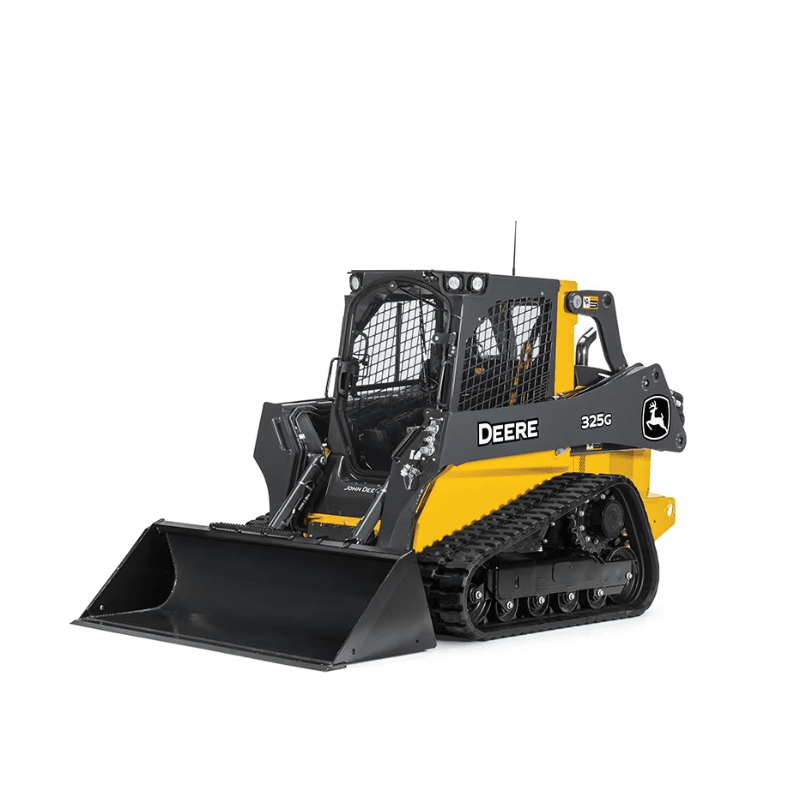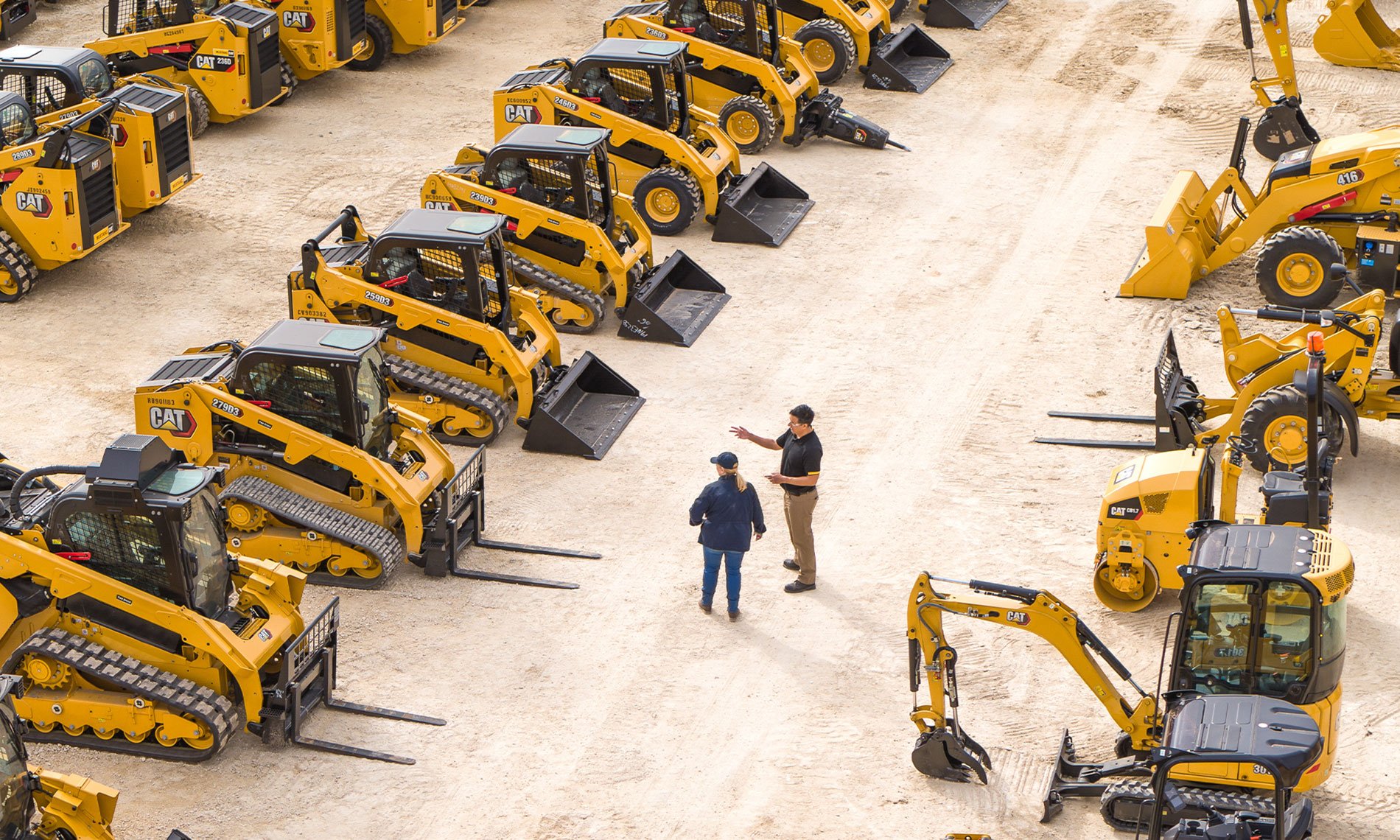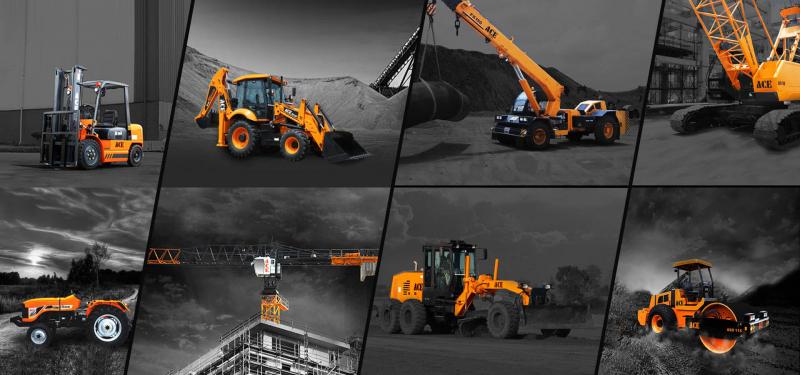Forklift Rental: Heavy Training Equipment for Warehousing and Much more
Forklift Rental: Heavy Training Equipment for Warehousing and Much more
Blog Article
Maximize Your Spending Plan by Recognizing the Expenses Connected With Building Equipment Leasings
Understanding the full range of expenses associated with construction tools leasings is important for optimizing your budget. What methods can be employed to efficiently take care of these costs and ensure an extra efficient rental experience?
Introduction of Rental Prices
When taking into consideration construction devices rentals, recognizing the associated costs is vital for efficient budgeting and task preparation. Rental prices can differ significantly based on a number of aspects, consisting of devices type, period of rental, and area. The preliminary rental charge commonly reflects the tools's market demand and its associated operational capacities, influencing the total expense.
In addition to the base rental rate, ancillary prices may develop, such as transport costs, fuel surcharges, and upkeep charges. It is necessary to account for these extra costs to accurately examine the total expense of leasing equipment. In addition, the rental duration can impact pricing; longer rentals may certify for reduced rates, while short-term rentals might sustain greater day-to-day charges.

Failure of Rental Rates
A comprehensive understanding of rental rates is important for professionals and project managers aiming to maximize their budgets. Rental prices for construction equipment normally consist of a number of components, consisting of base rates, time-based costs, and use charges.
Base prices are the core costs connected with the rental of the devices, typically identified by the type and dimension of the equipment. These rates can vary significantly, affected by elements such as equipment demand, schedule, and regional market fads. Time-based fees, which may be daily, weekly, or monthly, serve to suit various project timelines and rental periods.
In addition, rental prices may include usage charges, which are appropriate when equipment is made use of beyond a specified limit, making sure that the rental business can account for wear and tear. Seasonal need fluctuations can likewise impact rental rates, with peak building periods normally commanding higher rates.
Moreover, understanding the rental firm's policies concerning maintenance and insurance policy can give further understanding into the overall expense framework. By assessing these parts, specialists can make educated choices, making sure the selection of rental equipment straightens with both project demands and budget constraints.
Extra Costs to Take Into Consideration
Comprehending the details of extra charges is vital for specialists to manage their general leasing expenses properly. Past the basic rental rates, numerous extra charges can substantially impact the overall price of equipment leasing. These fees usually include distribution and pick-up fees, which can differ based upon distance and logistics associated with transporting the equipment to and from the job website.
In addition, some rental firms may impose fuel surcharges if the tools is returned with much less fuel than when leased. It is likewise necessary to recognize potential cleaning charges, particularly for customized equipment that calls for anchor complete upkeep after usage.

Extensively reviewing the rental arrangement and making clear these added charges upfront can aid professionals stay clear of unexpected costs and make sure that budgets remain undamaged throughout the job lifecycle.
Upkeep and Repair Expenses
Routine repair and maintenance expenditures are often ignored elements that can dramatically affect the general expense of building equipment services. When renting tools, it is critical to take into consideration not just the rental charges however likewise the potential expenses linked with maintaining the machinery in ideal operating condition.
Many rental companies consist of standard upkeep as component of the rental agreement; however, extra comprehensive repairs or unforeseen failures can bring about additional costs. It's important to examine the rental contract thoroughly to recognize what maintenance services are covered and what responsibilities drop on the renter.
Additionally, tools that is not well-kept can cause inefficiencies on the task website, possibly triggering delays and boosting task expenses. To minimize these threats, it is suggested to perform routine assessments and maintain open communication with the rental provider pertaining to any kind of concerns that develop during use.
Insurance and Obligation Expenses
Insurance coverage and liability prices are critical elements compact construction equipment that can substantially influence the total expenditure of building equipment leasings (mini excavator rental). These prices guarantee that both the rental business and the customer are safeguarded from possible monetary losses developing from accidents, damages, or burglary throughout the rental period

Additionally, clients must recognize any deductibles or exemptions in the insurance coverage, as these can influence prospective out-of-pocket expenses. Recognizing the conditions of any kind of insurance protection is vital to prevent unanticipated prices. Inevitably, budgeting for insurance coverage and obligation expenditures can help make certain a smoother rental experience and protect against monetary risks related to building and construction projects.
Conclusion
Finally, a detailed understanding of the prices related to building and construction equipment leasings is important for effective budget management. By analyzing rental prices, additional charges, maintenance expenditures, and insurance needs, organizations and individuals can minimize unforeseen expenditures. This critical technique not just improves cost-effectiveness yet likewise ensures that index projects proceed efficiently and efficiently. Inevitably, notified decision-making pertaining to devices services adds to the total success of construction ventures.
Rental prices can differ considerably based on a number of factors, consisting of equipment kind, period of rental, and location (heavy equipment rental). The rental duration can influence pricing; longer services might certify for affordable prices, while temporary leasings might sustain higher daily charges
By performing thorough research study and engaging with trusted rental companies, specialists can successfully navigate the intricacies of rental prices, ultimately maximizing their economic resources.
Past the basic rental prices, different supplemental fees can considerably impact the overall expense of devices service. Rental business usually provide obligation insurance that covers injuries to third parties or damages to property, while devices damages insurance coverage can cover the expense of repair services or replacement if the rented equipment is harmed.
Report this page